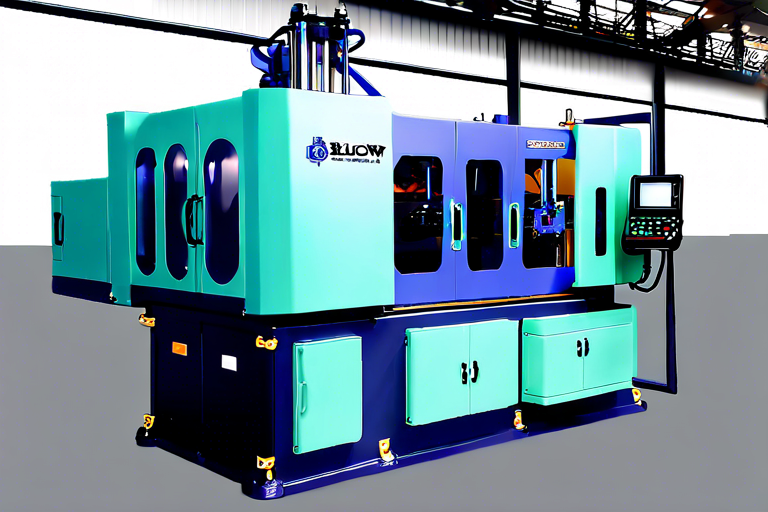Understanding the intricacies of injection molding machines and their pivotal role in the manufacturing industry.
Introduction to Injection Molding Machines
Injection molding machines are the backbone of the plastic manufacturing industry, providing a versatile and efficient method for producing a wide range of plastic parts. These machines are designed to melt raw plastic material, typically in the form of pellets or granules, and then inject it into a mold where it takes on the desired shape. The process is highly automated, allowing for mass production of complex parts with a high degree of precision and consistency. This article delves into the various aspects of injection molding machines, including their components, operation, and the benefits they offer to the manufacturing sector.
Components of an Injection Molding Machine
The clamp unit is responsible for holding the mold halves securely together during the injection process. It is a critical component that ensures the mold remains stable and prevents any leakage of the molten plastic. The clamp unit’s strength and precision are essential for producing high-quality parts with tight tolerances.
The injection unit is where the plastic material is melted and then injected into the mold. It consists of a heating cylinder, a reciprocating screw, and a nozzle. The heating cylinder heats the plastic, while the screw moves the material forward and melts it further. The molten plastic is then forced through the nozzle and into the mold. The efficiency of the injection unit directly impacts the quality and consistency of the molded parts.
The temperature control system is crucial for maintaining the correct temperature of the plastic material throughout the injection process. It ensures that the plastic is melted evenly and reaches the optimal temperature for molding. This system typically includes heaters, cooling lines, and temperature sensors that monitor and regulate the temperature within the machine.
Operation of Injection Molding Machines
The operation of an injection molding machine involves several steps, including mold closing, injection, cooling, and ejection. The process begins with the mold closing, where the clamp unit brings the mold halves together. Once the mold is closed, the injection unit melts the plastic and injects it into the mold. The plastic then cools and solidifies within the mold, taking on the shape of the cavity. After the part has cooled sufficiently, the mold opens, and the finished part is ejected from the mold.
Benefits of Injection Molding Machines
Injection molding machines offer numerous benefits to manufacturers, including high production rates, low labor costs, and the ability to produce complex parts with intricate details. The process is highly repeatable, ensuring consistent quality across all parts produced. Additionally, the use of injection molding machines allows for the use of a wide range of plastic materials, including thermoplastics and thermosets, enabling the production of parts with specific properties tailored to their intended use.
In conclusion, injection molding machines are an indispensable part of the plastic manufacturing industry, offering a cost-effective and efficient method for producing high-quality plastic parts. Their ability to handle complex designs and a variety of materials makes them a versatile choice for manufacturers across various industries.

